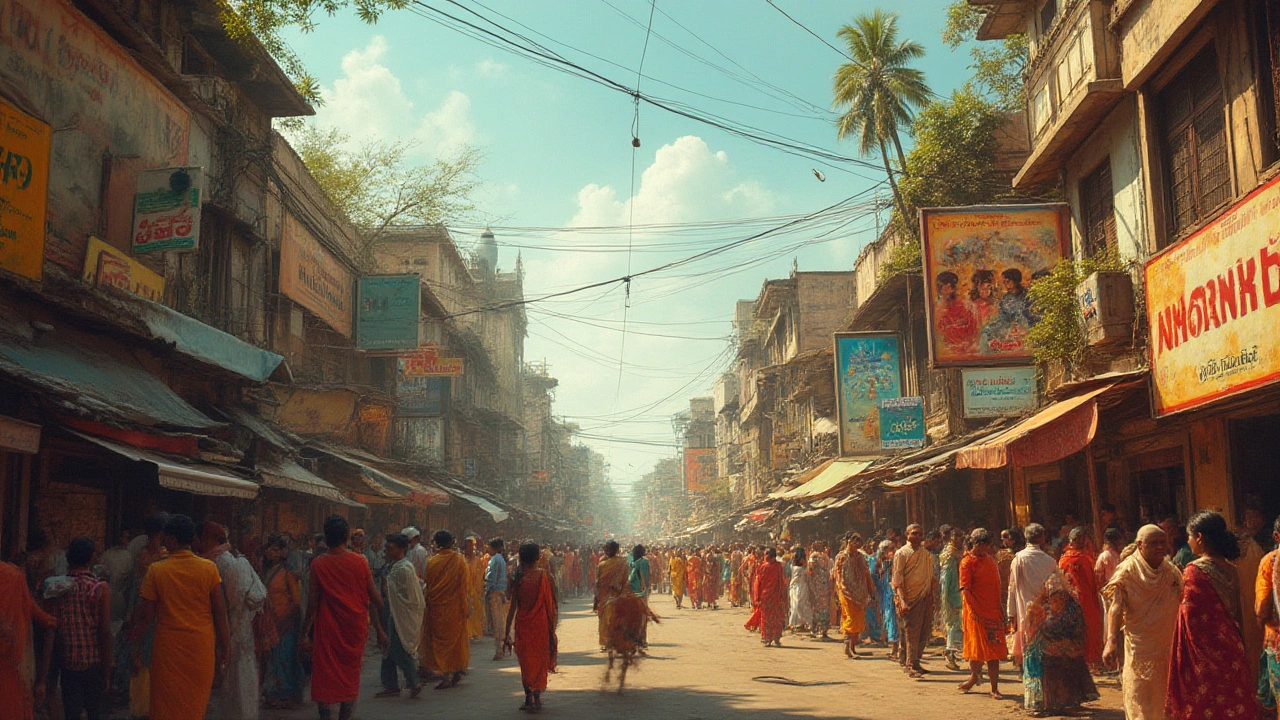
It’s not every day you stop and wonder why movie industries get such quirky nicknames. Hollywood makes sense—named after the actual place in Los Angeles. Bollywood is catchy and clever, blending Bombay (now Mumbai) with Hollywood. But Kollywood? Unless you’re a raging fan of Tamil cinema or have lost way too many hours on film quiz nights, it might leave you scratching your head. The name has personality, but where did it really come from? Is it just another ‘-ollywood’ copycat or rooted in something deeper? Let’s unravel the drama, much like the twists in a classic Tamil blockbuster.
The Birthplace: Kodambakkam, The Heart of Tamil Films
Kodambakkam. If you’ve spent any time watching Tamil cinema, or if Whiskers—my nosy cat—ever interrupts your movie nights, you might have stumbled across this word. Nestled in Chennai, Kodambakkam isn’t just a random neighborhood. It’s the birthplace of the Tamil film industry. Think of it as the Desilu Studios for Lucille Ball fans, but with more dosas and musical numbers. Tamil talkies started popping up here all the way back in the 1940s, and directors, technicians, and musicians flocked to its studios. It wasn’t Hollywood-glitzy, but it had its own magic—packed lanes, bustling sets, and a hum in the air that still feels electric today.
Now, here’s a fun detail. In the 1950s and 1960s when actors like Sivaji Ganesan and M.G. Ramachandran became household names, they weren’t rolling around Los Angeles mansions—they were running through Kodambakkam studios, dodging the unpredictable Chennai rain. That connection cemented Kodambakkam as the epicenter for Tamil cinema, making it so iconic that people often used “Kodambakkam” as shorthand for the entire industry.
And by the late 70s, the charm of Kodambakkam’s narrow lanes and studios naturally fused with the Bollywood naming wave. But it wasn’t all about riding the Bollywood wave; there was local pride too. That’s how Kollywood came to be—a mashup of Kodambakkam and Hollywood. It stuck fast, thanks to movie magazines and gossip columns of the era. That nickname rolled off tongues everywhere—from young cinephiles debating screenplay twists to auto drivers swapping tidbits about the latest shoots.
Film journalists love dropping behind-the-scenes tidbits, and you’ll find some still insist the “K” in Kollywood goes beyond geography. It’s symbolic—standing for resilience, creativity, and the tight-knit Tamil culture that gives these movies a distinct flavor. So if you ever join a late-night Kollywood binge session, you’re nodding to history every time you say the name.
Kollywood’s Journey: A Style All Its Own
Let’s get something clear—Kollywood isn’t just riding Bollywood’s coat-tails. The Tamil film industry has always marched to the beat of its own drum. Look at movies from the 1990s and 2000s. Directors like Mani Ratnam and Shankar? They pushed the envelope with techno-thrillers, epic romances, and raw social commentaries. No formula was ever safe. Their bold camera moves, love for wide landscape shots, and penchant for punchy dialogues became the industry’s calling card. Even now, directors and producers take pride in creating uniquely Tamil stories, whether it’s the rural dramas of Bharathiraja or the stylish, urban thrillers of Gautham Menon.
Kollywood also stands out in the sheer number of movies it churns out. According to the Central Board of Film Certification, Tamil cinema produces nearly 150-200 films every year, sometimes even more. That’s no small feat. In 2023, Tamil movies grossed about ₹4,200 crores at the Indian box office, with several international releases as well. Global fans from Malaysia, Singapore, and Sri Lanka aren’t just passively watching—they’re obsessing over stars, fashion, and even dazzling dance numbers. And yes, even Whiskers will occasionally glance away from his fish to admire a Rajinikanth stunt scene!
Music is another beast. Kollywood brought us A.R. Rahman, whose first big break was the film "Roja"—a soundtrack that made waves across India. The industry cares deeply about playback singing, with stars like S.P. Balasubrahmanyam, Chinmayi, and Sid Sriram dominating playlists in every Tamil home and restaurant. Unlike the Hindi film industry, songs in Kollywood aren’t always shoehorned for drama—they’re woven into the story, sometimes pushing the plot or adding emotional punch.
There’s something special about Tamil cinema’s approach to crafting ‘mass’ heroes. These are not just action figures on screen—they’re symbols of resistance, pride, and even politics. Actors like Kamal Haasan and Vijay aren’t only box-office titans, they end up as real-life influencers too. This deep connection with the audience makes Kollywood more than just an industry—it's a cultural movement, pulsing with local slang, traditions, and aspirations.
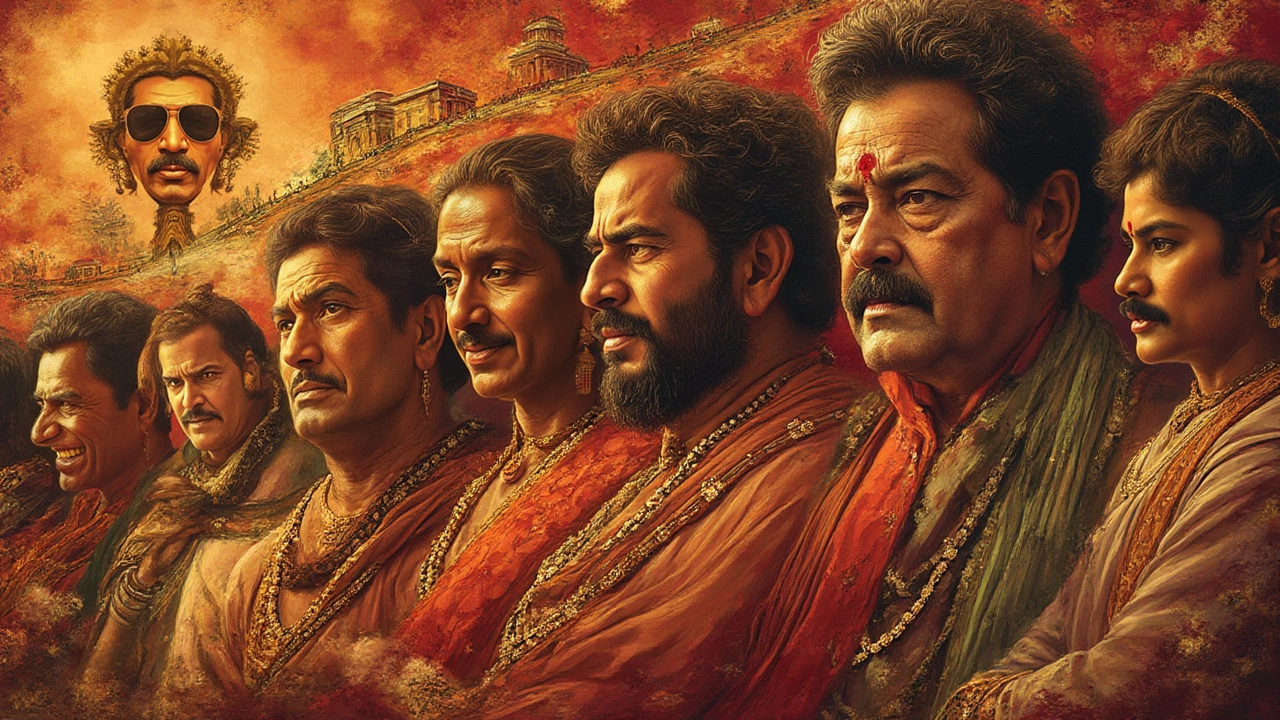
The Kollywood Name: Echoes, Controversies, and Curiosities
The nickname “Kollywood” isn’t without its critics. Some old-school directors and fly-on-the-wall fans feel the ‘-ollywood’ trend oversimplifies what makes each Indian film industry tick. Why lump everything under Hollywood’s shadow? Kollywood, after all, is rooted in Dravidian culture, language, and traditions—far away from Western tropes.
Some film historians claim “Kollywood” first found print in a 1977 article in a Chennai film magazine, though the coinage process is fuzzy at best. Others say movie theatre owners used it as industry shorthand throughout the 80s, as cross-town trade between Bollywood and Kollywood flourished. Either way, it’s worth noting just how fast the label spread once it gripped the pop culture imagination. By the 1990s, film posters, media reports, and fan sites used Kollywood like oxygen.
If you poke around fan groups or filmmaking forums, you’ll hear the same debate: does the label honor the spirit and independence of Tamil cinema, or does it box it into an easy stereotype? Some directors, like Vetrimaaran, have pointed out in interviews that while Kollywood gives the industry a sort of global brand power, real fans should focus on the substance—the Bengali Poitukuthu, the village feasts, the epic family feuds—rather than fixate on the name itself.
One thing’s for sure: the Kollywood tag isn’t just about nostalgia. It signals power. In 2021, when the Tamil thriller “Master” became a viral global hit (even pulling strong numbers in the Middle East and Japan), the Kollywood brand got a fresh boost. Streaming platforms today scramble to bag Tamil rights, knowing the market isn’t limited to Chennai anymore.
| Year | No. of Tamil Films Produced | Box Office Revenue (INR Crores) |
|---|---|---|
| 2021 | 225 | 3,400 |
| 2022 | 198 | 3,950 |
| 2023 | 215 | 4,200 |
So, whether you see the Kollywood name as a badge of honor or a marketing quirk, it’s a shortcut that packs a punch. It signals a certain swagger, a love for drama, and a community that really, really loves going to the movies—even in the age of streaming marathons.
Tips, Tidbits, and How Kollywood Shaped Tamil Pop Culture
If you’re new to Kollywood or just curious about all things Tamil cinema, mingling with devoted fans can feel overwhelming. But there are some fun facts and easy ways to get started. First, the best way to watch a Kollywood film isn’t alone. Grab friends, bring snacks (samosa, popcorn, or if you want true South flavor, spicy murukku), and don’t be shy about laughing or cheering at the wildest scenes—the communal vibe is half the experience.
Want to sound like you know your stuff? Here are a few must-know facts:
- The first Tamil talkie was “Kalidas” (1931), and the earliest studios in Kodambakkam sprouted up soon after.
- Kodambakkam is still packed with film studios and editing bays, not just old sets and retro nameplates.
- Kollywood movies are dubbed into over 15 languages every year, with rising demand in countries like Malaysia, Singapore, and even Japan.
- The blockbuster "Enthiran" (Robot), starring Rajinikanth and Aishwarya Rai, was once India’s most expensive movie—costing ₹132 crores in 2010.
- Kollywood’s style is famous for mixing melodrama with real-life issues—think stories about caste, politics, and power struggles.
- Soundtracks are a cultural phenomenon – ask any school kid in Tamil Nadu to name their favorite A.R. Rahman album, and you’ll never get the same answer twice.
If you ever end up wandering the streets of Kodambakkam, look up—film posters cover every square inch, from tea shops to barber salons. This is where Tamil cinema breathes. Every new superstar, be it Dhanush, Nayanthara, or Vijay Sethupathi, gets their trial by fire here.
For tourists and fans, here’s a low-key tip: try catching a first-day-first-show at an iconic theatre like Sathyam Cinemas. The roar of the crowd, firecrackers outside, and even Whiskers peeking from a window to catch the commotion, will tell you Kollywood isn’t just a name—it’s a way of life for millions.
So next time you hear the word Kollywood, remember—it’s not just a riff on Bollywood or Hollywood. It’s a cheeky salute to Kodambakkam, a wink at movie-loving Chennai, and a banner under which a stubbornly unique film industry keeps surprising the world.
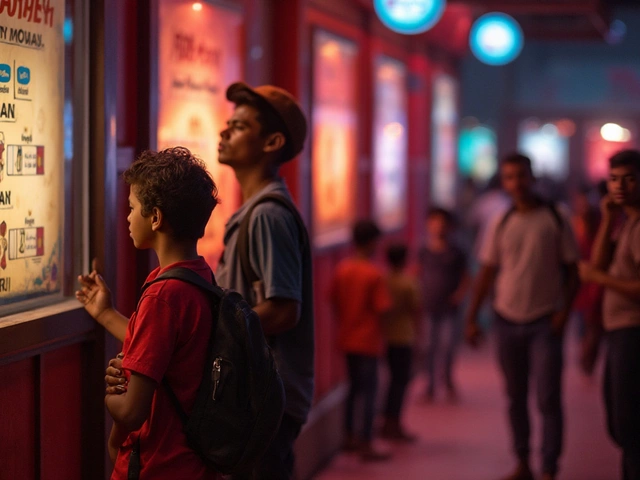
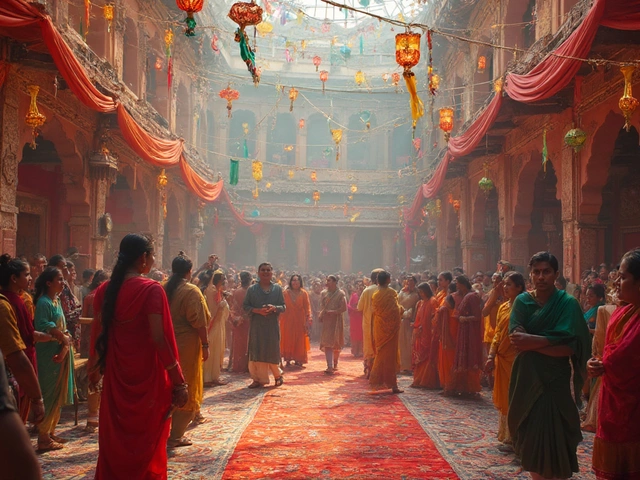

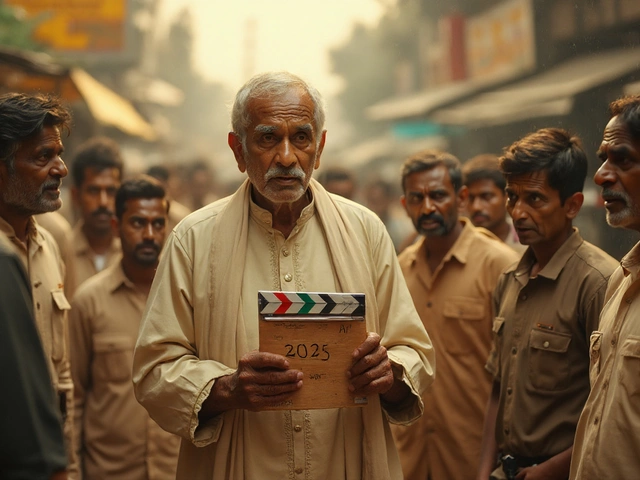
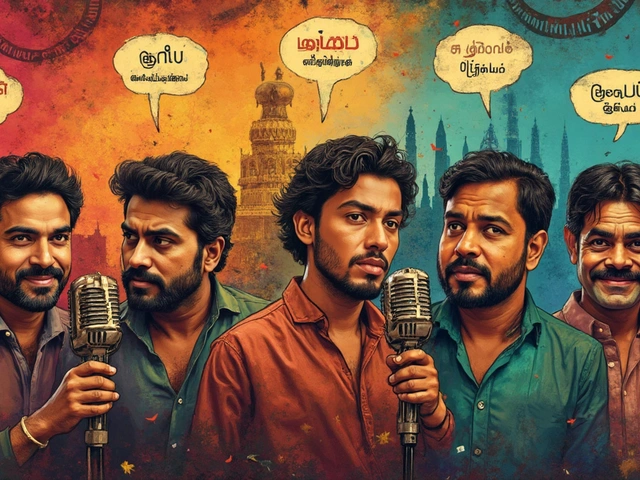
Write a comment